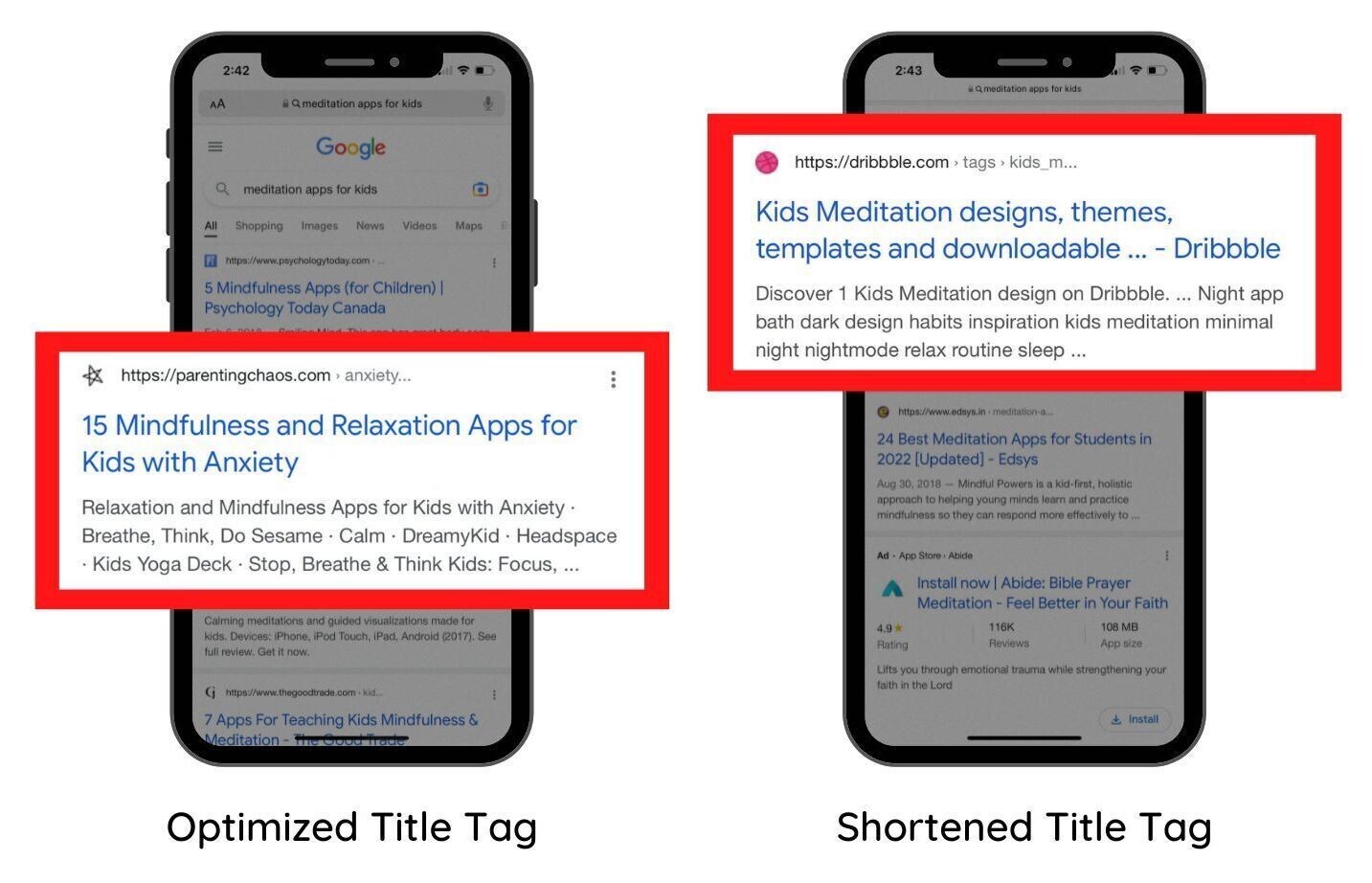Boost Rankings and Interaction through Proven Mobile Optimization Tips
Wiki Article

The Ultimate Guide to Mobile Optimization: Techniques for Enhancing Site Performance on Smartphones and Tablets
The techniques for boosting website performance on mobile systems go past simple adjustment; they include a detailed approach that entails responsive design, speed optimization, web content methods, and user experience enhancements. By diving right into the details of mobile optimization, organizations can not just satisfy individual assumptions yet additionally remain in advance in a competitive digital landscape.Importance of Mobile Optimization
Mobile optimization plays a crucial function in boosting customer experience and driving conversion rates in the ever-evolving electronic landscape. With the raising use mobile phones and tablet computers for surfing the internet, making sure that internet sites are optimized for mobile devices has become imperative for companies - Mobile Optimization. A mobile-optimized site not just adapts perfectly to various display dimensions yet likewise tons rapidly, providing individuals with a smooth and delightful browsing experienceIn today's hectic world, customers anticipate instantaneous accessibility to details on the move. A website that is not maximized for mobile gadgets threats losing possible customers because of slow down packing times or a bad interface. By purchasing mobile optimization, services can satisfy the requirements of their mobile target market, leading to higher engagement and raised conversions.
In addition, internet search engine like Google focus on mobile-friendly internet sites in their positions, making mobile optimization vital for boosting exposure and bring in organic traffic. Mobile Optimization. In general, the value of mobile optimization can not be overemphasized, as it directly affects customer fulfillment, conversion rates, and total business success in the digital realm
Responsive Layout Methods
Executing responsive design strategies guarantees that internet sites dynamically change their design and content based on the user's device screen size, offering a regular customer experience throughout numerous systems. One of one of the most usual approaches made use of in receptive design is developing fluid grids that enable material to resize proportionally to the screen dimension. This ensures that components on the webpage keep their relative spacing and arrangement, maximizing the viewing experience for users on different gadgets.In addition, making use of versatile images that can scale with the dimension of the viewport aids avoid pictures from being cropped or misshaped on smaller displays. CSS media inquiries play an essential duty in responsive layout by enabling developers to use details designs based upon the device qualities such as display size, elevation, and orientation. By leveraging media questions, sites can adapt their layout and design to suit mobile phones, tablet computers, and desktop computer displays perfectly.
Including responsive style methods not just boosts customer experience but also contributes to boosted online search engine positions, as internet search engine like Google prioritize mobile-friendly websites in their mobile search engine result. By embracing receptive style, sites can accommodate the varied needs of users accessing web content on a selection of gadgets, inevitably driving interaction and conversions.
Rate and Efficiency Optimization

One secret strategy is optimizing photos and multimedia material to lower file sizes without compromising quality. Pressing images, leveraging modern-day photo styles like WebP, and careless packing offscreen pictures work approaches to quicken tons times (Mobile Optimization). Decreasing HTTP requests, leveraging internet browser caching, and decreasing server reaction times are essential actions in improving performance.
Applying a web content delivery network (CDN) can likewise significantly increase web site speed by distributing material across several servers worldwide, lowering latency for users accessing the site from different places. Prioritizing crucial above-the-fold material and deferring non-essential manuscripts can further improve regarded performance. By concentrating on speed and performance optimization, web sites can deliver a seamless and rewarding customer experience on mobile tools.
Mobile-Friendly Web Content Methods
Mobile-friendly material techniques involve customizing the presentation of details to suit the smaller displays and on-the-go nature of smart device and tablet computer customers. Additionally, damaging up content right into shorter paragraphs and using bullet points can aid boost readability and make it easier for customers to take in details promptly.Incorporating engaging visuals, such as photos and videos maximized for mobile watching, can also boost the total customer experience. These visuals ought to matter, premium, and tons rapidly read this article to avoid individuals from wearying. Integrating interactive elements like tests, polls, or studies can enhance user involvement and encourage energetic participation.
Customer Experience Enhancements
Building on the foundation of mobile-friendly content techniques, boosting customer experience involves maximizing every touchpoint to make certain smooth communication and contentment for mobile users. One crucial element of enhancing user experience on smart phones is ensuring fast loading times. Individuals expect websites to load promptly on their mobile phones and tablets, and any delays can lead to irritation and increased bounce rates. Executing receptive style is an additional vital consider enhancing individual experience. Receptive design ensures that internet sites adjust to different screen dimensions and resolutions, providing a regular and straightforward experience throughout various devices.In enhancement to speed and responsive style, streamlining navigation is essential for a positive user experience. Clear and intuitive navigation menus, famous search bars, and tactically placed call-to-action buttons can aid customers easily discover what they are looking for on a mobile website. Enhancing forms for mobile customers by lessening the variety of areas and making use of auto-fill functions can likewise enhance the other general customer experience. By concentrating on these user experience improvements, internet sites can effectively involve and preserve mobile site visitors.
Conclusion
Click Here To conclude, mobile optimization is vital for improving website performance on smartphones and tablets. By implementing responsive style methods, maximizing rate and performance, producing mobile-friendly web content, and improving individual experience, businesses can properly reach and involve with their mobile target market. It is essential for websites to adapt to the raising mobile use trends in order to continue to be competitive in the electronic landscape.Report this wiki page